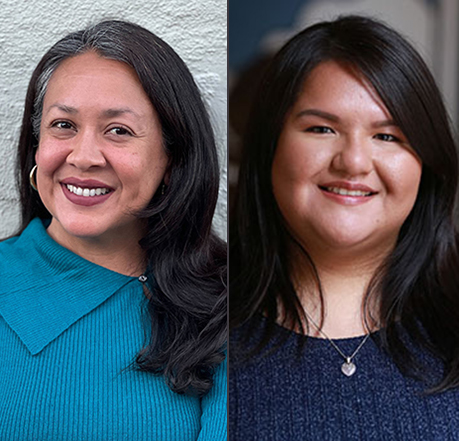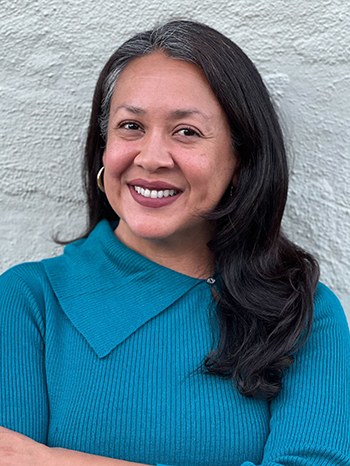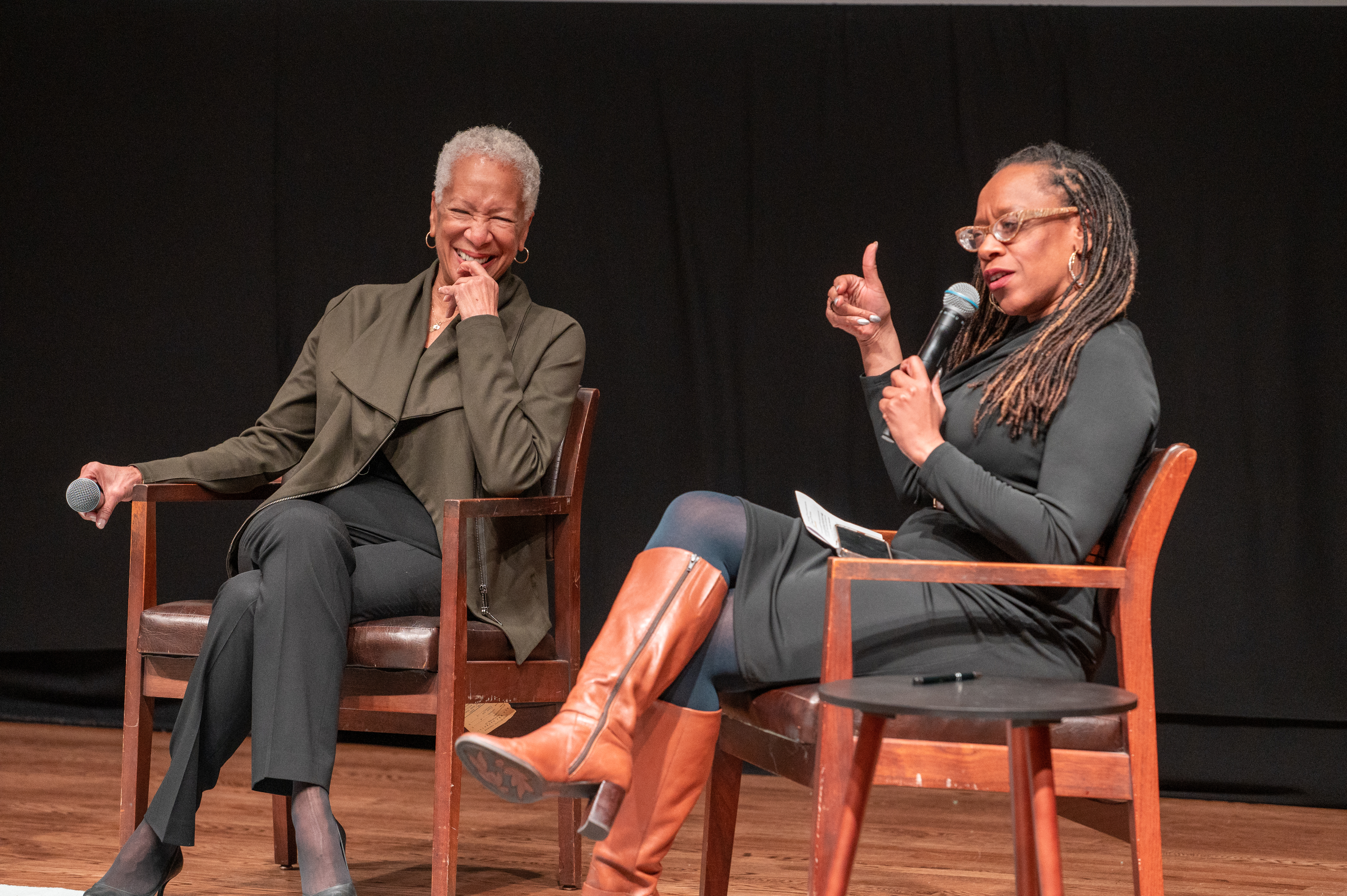What We’re Reading: The Housing Solution Edition
COVID-19 had housing advocates worried. The underlying causes of homelessness – structural racism, income inequality, and lack of affordable housing – were exacerbated by the pandemic and were going to add to the problem. However, we saw quick action from programs like Project Roomkey and Homekey, as well as eviction moratoria and emergency rental assistance programs, proving that we can move quickly, invest at a new scale, cut red tape to house and protect thousands of unhoused neighbors, and help renters keep their homes. The most recent homelessness count numbers show that these actions prevented a mass homelessness crisis during the pandemic.
We know how to solve homelessness. It’s time for Bay Area philanthropy to work together and double down on investing in and implementing the solutions we know work.
1. Accounting for homelessness takes more than a homelessness count
Mercury News
Recent reports from the homeless Point in Time counts confirm that homelessness remains our region’s biggest challenge. What these counts do not show are the successful efforts to prevent and end homelessness for thousands — and how much worse the problem would otherwise be. That these efforts have fallen short does not mean they were the wrong strategy, but rather that the scale has not met the need.
2. Reknitting the Safety Net: Help Pay the Rent
KQED
Falling behind on rent is the primary reason that people are evicted. So how do you keep people from falling behind in the first place? Help them pay their rent. This podcast looks at the promise, the problems and the history of Section 8, as well as the push for guaranteed income.
3. Where are Renters with Low Incomes Living in the Bay Area?
Bay Area Equity Atlas
Mapping low-income renters in the nine-county region reveals that nearly half live in communities without robust tenant protections. This map highlights where state and local leaders should prioritize resources — including local American Rescue Plan funds — to alleviate affordability challenges and keep people in their homes.
4. To End Homelessness, the Energy of Money Must Change
Stanford Social Innovation Review
Philanthropy and government, working in partnership, can unlock the billions needed to shelter America’s unhoused. If one-tenth of US charitable foundation wealth ($100 billion) was invested in housing, we could move 500,000 people, 86 percent of this nation’s unhoused population, off the street.
5. How Houston Moved 25,000 People From the Streets Into Homes of Their Own
The New York Times
Houston has done more than twice as well as the rest of the country at reducing homelessness over the previous decade. In that time, Houston has moved more than 25,000 homeless people directly into apartments and houses. The overwhelming majority of them have remained housed after two years, and the number of people deemed homeless in the Houston region has been cut by 63 percent since 2011.
6. Homeless Man Produces Podcast with his Cellphone
Invisible People
Theo Henderson fell into homelessness the way most people do: he wasn’t making enough money to afford the rent. At the same time, he also suffered from an illness that put him on a path to the streets. A former school teacher who lost his job during the Great Recession, Theo is homeless in Los Angeles, and survives by tutoring kids in the park and teaching martial arts. We The Unhoused is a podcast produced and hosted by Theo where he lifts the voices and struggles of unhoused people and advocates in Los Angeles.







